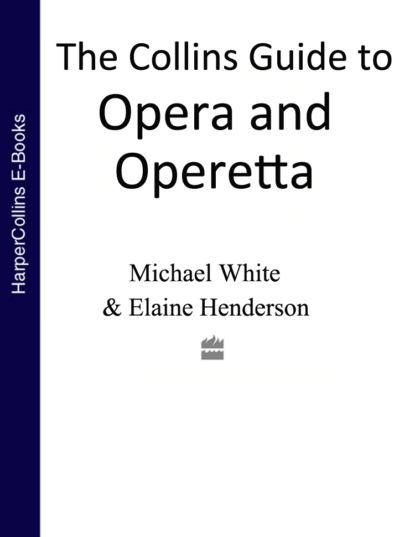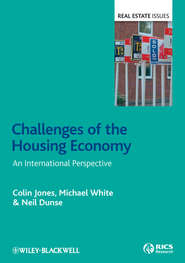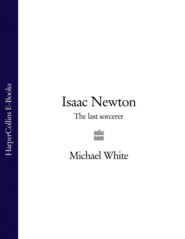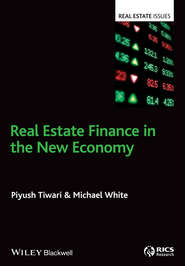По всем вопросам обращайтесь на: info@litportal.ru
(©) 2003-2024.
✖
The Collins Guide To Opera And Operetta
Автор
Год написания книги
2018
Настройки чтения
Размер шрифта
Высота строк
Поля
Don Carlos (#litres_trial_promo)
Falstaff (#litres_trial_promo)
La Forza del Destino (#litres_trial_promo)
Macbeth (#litres_trial_promo)
Nabucco (#litres_trial_promo)
Otello (#litres_trial_promo)
Rigoletto (#litres_trial_promo)
Simon Boccanegra (#litres_trial_promo)
La Traviata (#litres_trial_promo)
Il Trovatore (#litres_trial_promo)
Richard Wagner (#litres_trial_promo)
Der Fliegende Holländer (#litres_trial_promo)
Lohengrin (#litres_trial_promo)
Die Meistersinger von Nürnberg (#litres_trial_promo)
Parsifal (#litres_trial_promo)
Der Ring des Nibelungen (#litres_trial_promo)
Das Rheingold (#litres_trial_promo)
Die Walküre (#litres_trial_promo)
Siegfried (#litres_trial_promo)
Götterdämmerung (#litres_trial_promo)
Tannhäuser (#litres_trial_promo)
Tristan und Isolde (#litres_trial_promo)
William Walton (#litres_trial_promo)
Troilus and Cressida (#litres_trial_promo)
Carl Maria von Weber (#litres_trial_promo)
Der Freischütz (#litres_trial_promo)
Kurt Weill (#litres_trial_promo)
Aufstieg und Fall der Stadt Mahagonny (#litres_trial_promo)
Die Dreigroschenoper (#litres_trial_promo)
Street Scene (#litres_trial_promo)
Bernd Alois Zimmermann (#litres_trial_promo)
Die Soldaten (#litres_trial_promo)
Glossary (#litres_trial_promo)
About the Publisher (#litres_trial_promo)
How to Use this Ebook (#ulink_edd4d724-816f-5b11-b79e-b7e614f75ad9)
Over 180 operas and operettas, the major works of more than 70 composers, are covered in the Collins Guide to Opera and Operetta, an invaluable guide to this fascinating but sometimes misunderstood artform.
The main body of the book is arranged alphabetically by composer, starting with Adams and continuing through to Zimmermann, taking in the likes of Britten, Mozart, Puccini, Strauss (Johann II and Richard), Sullivan, Verdi and Wagner along the way.
The section for each composer begins with a list of their major operatic works arranged in chronological order by year of composition. Those operas set in bold type are featured in detail on the pages within each composer section. Biographical details and information on other non-operatic works set the operas in context.
The featured operas for each composer are arranged in alphabetical order. Within the entry for each opera the presentation is exactly the same: Form, Composer, Libretto, First Performance, Principal Characters, Synopsis of the Plot, Music and Background, Highlights and Recommended Recording. The vast majority of the operas also feature an entertaining Did You Know? box including anecdotes and diverting background information.
An overview of the history and development of opera and operetta, and a glossary of musical terms round out this indispensable reference source for opera devotees and newcomers alike.
Introduction (#ulink_ff20faa9-414a-5404-b22d-30f3bf7b62c2)
FLORENTINE BEGINNINGS
The four-hundred-year history of opera as we know it is based on a mistake. Or at least, a mistaken assumption, made in the late 16th century by a group of Florentine intelligentsia, who were minded to re-create what they believed to be ancient classical drama. Their guide was Aristotle who, in the 4th century BC, had written about theatre and music as though such things were synonymous. Drama, said Aristotle, was the imitation of life made pleasurable by ornament and melody; and armed with this information, the Renaissance Florentines supposed that ancient drama must have been completely sung.
The first composer to put their ideas into practice was Jacopo Peri (1561–1633), whose initial attempt to ‘re-create’ Greek mythic drama, Dafne, has been largely lost – leaving his subsequent Euridice (1600) as the first surviving opera. But in truth it only survives as a matter of academic interest: an undiverting compromise between speech and song, it’s hardly ever staged.
The first opera to survive in regular performance is La Favola d’Orfeo (1607) by Claudio Monteverdi (1567–1643), who wasn’t a Florentine at all but worked for the court at Mantua, where the ruling Gonzaga duke had witnessed the fame of Euridice and wanted something of his own to rival it. In the event, he got a score that outclassed Peri’s capabilities, with rich and complex music partly based on the assertive style of Italian Renaissance madrigals and partly on the tradition of what were called intermedi – musical interludes between the acts of spoken plays which, by the late 16th century, had begun to acquire a life of their own as separate music-theatre pieces.
What Monteverdi chiefly added was a sense of how music can be used to heighten the emotional charge of a moment of theatre; and to that end he led a move away from the mythic allegories that dominated the plots of very early opera, preferring to deal with human characters and situations. ‘I see the characters are winds …’, he wrote scornfully of a libretto somebody had sent him. ‘How can I imitate their speech and stir the passions?’
Stirring passions was increasingly the business of Renaissance opera composers as, with extraordinary speed, opera escaped its origins in private courtly diversion and became a public entertainment. In 1637 the world’s first general-access opera house, the Teatro San Cassiano, opened in Venice. By the end of the 17th century the city housed eleven more, and the turnover of work they produced was phenomenal. It was designed to meet an insatiable demand for novelty that seems inconceivable to a time, four hundred years on, when opera has become a largely museological pursuit of the past. The repertoire was always new and ran for no more than short periods before it was taken off and (usually) abandoned. Only the libretti tended to be cherished and preserved, often to be set again. The music disappeared, or was reprocessed into other scores.
WHAT DID 17TH-CENTURY ITALIAN OPERA SOUND LIKE?
Essentially it grew out of long lines of declamatory vocal music that would be embellished as appropriate and intercut with choruses and dances. Over time, and for the sake of variety, the long lines came to be divided into two types of music:
Recitative: a prosaic kind of sung speech, skeletally accompanied by supporting chords on a small group of ‘continuo’ instruments and designed to deliver large quantities of information quickly.









